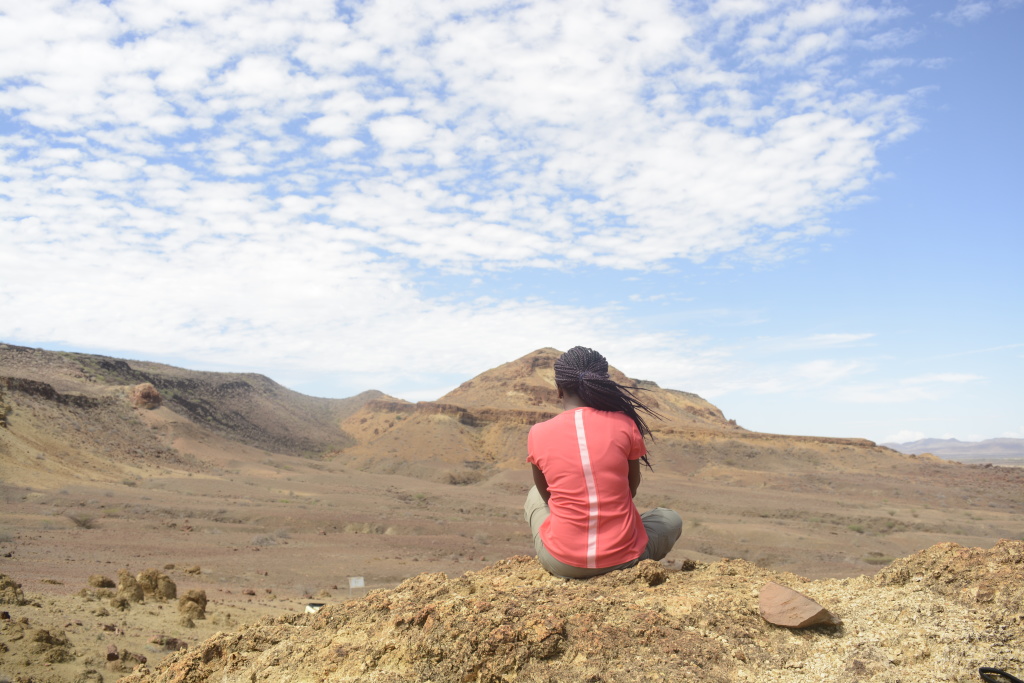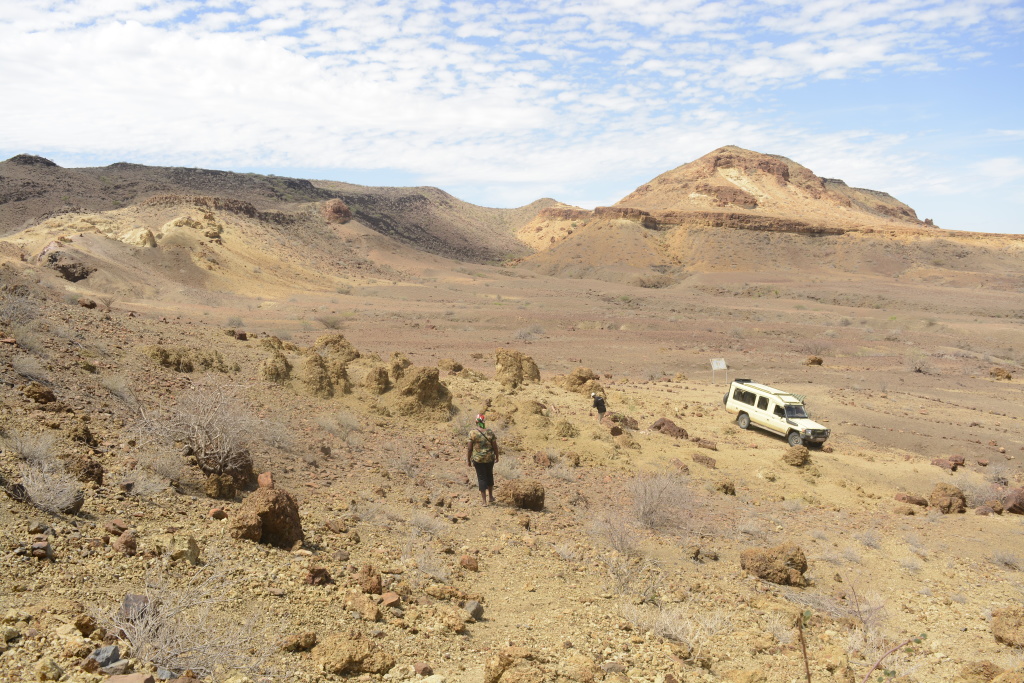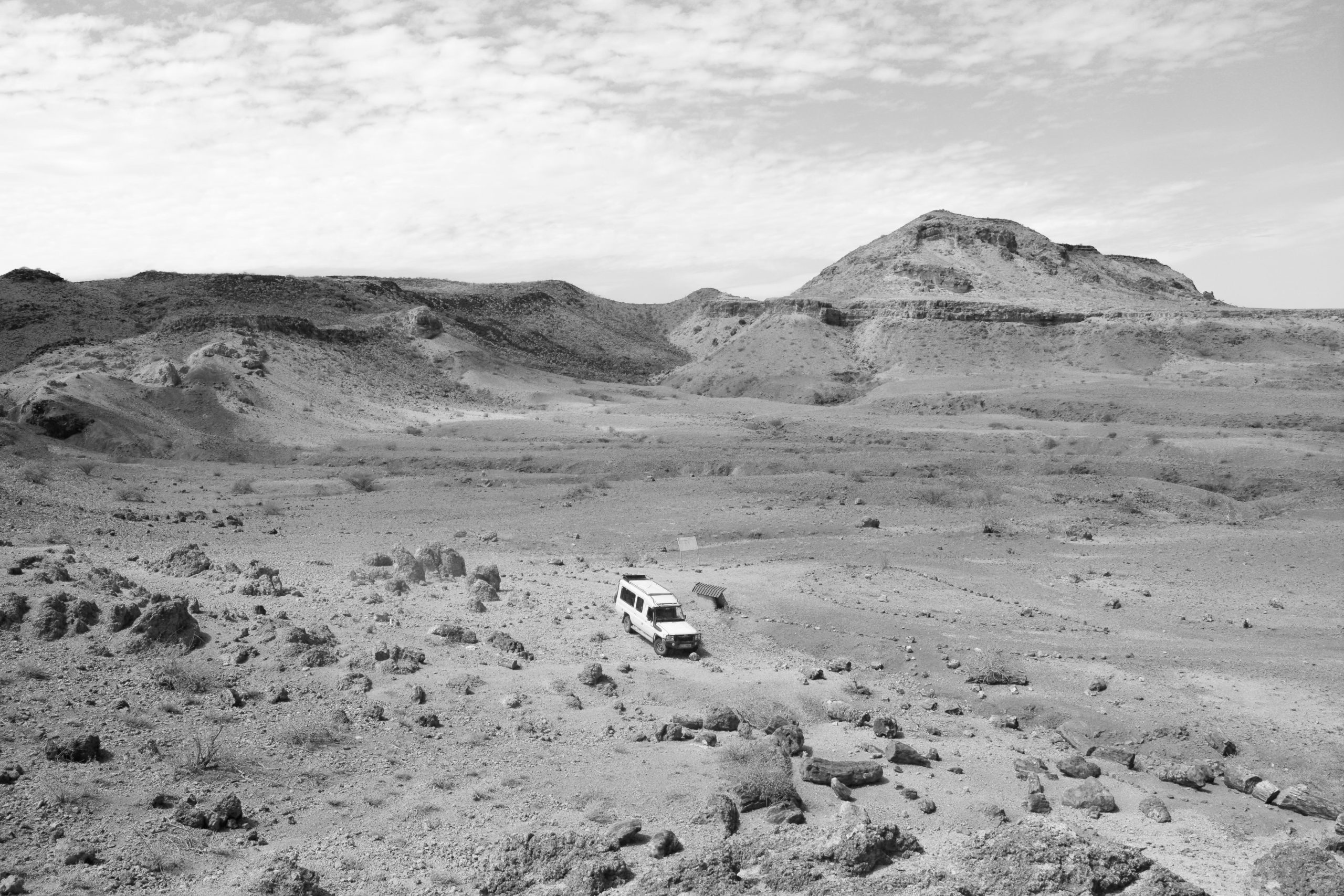Located on the wild and rugged shores of Lake Turkana – the cradle of mankind – Sibiloi is home to important archaeological sites including Koobi Fora where the fossil remains have contributed more to the understanding of human evolution than any other site in the continent. The area is characterized by semi-desert habitat and open plains flanked by volcanic formations including Mount Sibiloi, where the remains of a petrified forest can be seen.

The Landscape
The land is beautiful in its way even though it is so very dry. It is a wilderness made up of the lake shore, savannah, volcanic terrain and riverine forest. Lake Turkana is the biggest of the Rift Valley Soda Lakes – its enormous proportions and striking colour has led it to be called the Jade Sea. The lake is located in the far northern frontier of Kenya and is just less than 270 km long.

The Cradle of Humankind
The Sibiloi National Park was created to protect the fairly recently found fossil sites, that have contributed more to our understanding of human evolution than any other area on the planet so far. The Koobi Fora Region is the centre of archaeological, paleontological and geological interest. The movements of the earth, human origins and mammalian evolution over the last 4 million years have been documented and studied at many sites, but the most exciting part is that there is still a massive land area with fossil exposures that has yet to be explored. Over the last 30 years, a Petrified Forest has been discovered and thousands of fossils brought to light, including more than 300 hominid specimens plus the remains of a giant Crocodile, Tortoise and Elephant. Dr Richard Leakey unearthed an ancient skull of an early human at this site and since then Sibiloi and the Turkana Basin have been the centre of scientific study and research

Wildlife
The park is extremely hot and arid, yet it protects a range of wildlife that is astounding in its own right. Animals that can live in arid conditions, such as Grevy’s Zebra, Beisa Oryx, Gerenuk and greater Kudu, are present in the park. Other species include a comprehensive range of predators namely Lion, Leopard, Cheetah, Striped and Spotted Hyena, Jackal and Caracal to name a few. Central Island is a major breeding ground for Nile Crocodile. Birdlife is prolific with more than 300 species recorded around Lake Turkana. This number is increased during the summer months when migrant species arrive. The alkaline lake is not suitable for many species, but Flamingos and Pelicans love the algae in the water and the salty environment. A variety of water birds including African Skimmers, Herons and Gulls can be spotted on the shoreline and the park is also home to local species such as the Crested Lark and Heuglin’s Bustard

What to do
The park has a very good but small museum located near the main research camp. Visitors can enjoy a fly-in tour of Koobi Fora, but to really make the most of the park more days should be spent here as there is a lot to see and experience in the area. From a cultural point of view, interaction with the local tribes is an unforgettable experience and a very worthwhile activity in addition to the park visit. Local tribes include the; Gabbra, Turkana and Dassanach, who are all communities with rich traditional cultures.

Attractions
- Lake Turkana, with its fascinating colour changes due to algae growth and the shifting winds; changing colours from grey to blue to jade. The world’s largest permanent desert lake and the largest alkaline lake in Africa.
- Petrified Forest – this lies on the edge of the Sibiloi Mountain at Alia Bay
- Karsa Waterhole – is a rare pool of standing fresh-water where wildlife go to drink
- Jarigole Pillars – an excavation site of a pre-iron age burial ground
- Koobi Fora, home of fossil Skeletons
- Karari Escarpment – for excavations of 2 ancient sites that are more than a million years old
- Nature walks in the petrified forest and along the Koobi Fora spit.




